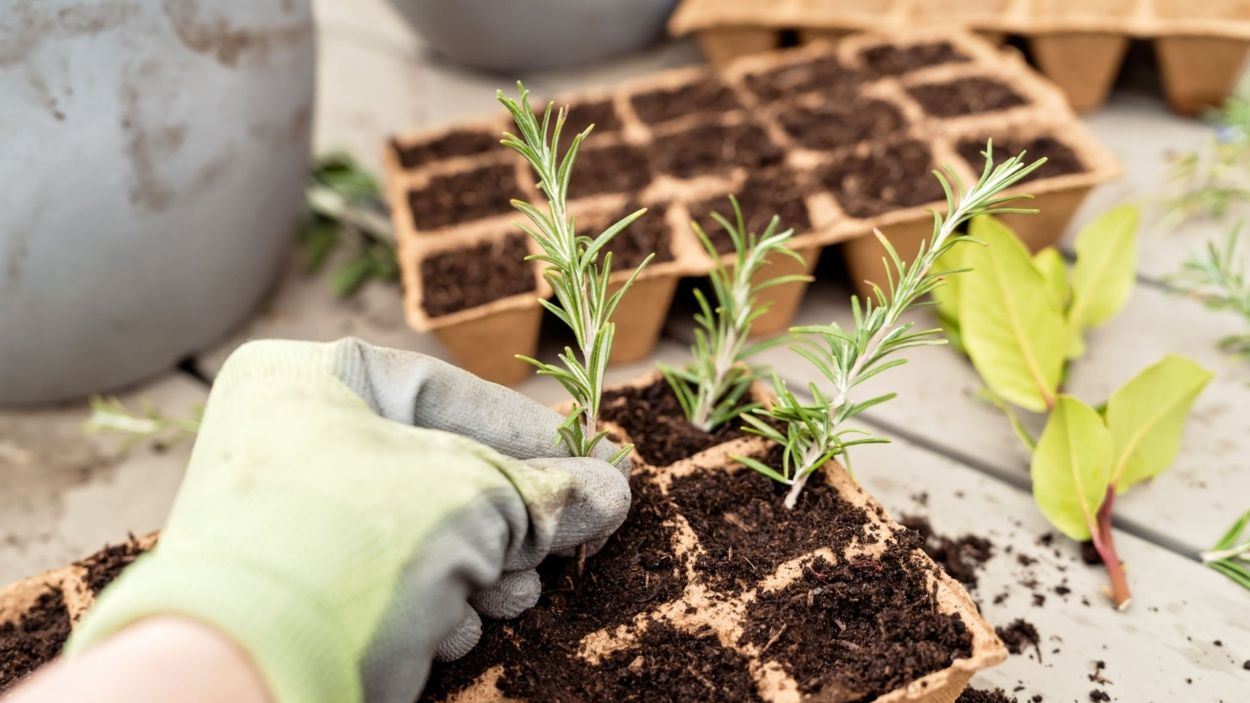In this comprehensive guide, you'll learn how to grow pineapple plants successfully. Start by selecting the right variety for your climate. Prepare well-drained, slightly acidic soil and plant the pineapple crown at ground level. Provide ample sunlight and maintain temperatures between 60°F and 85°F. Water regularly, avoid overwatering, and fertilize during the growing season. Monitor for pests and diseases, and support fruit development. Harvest ripe pineapples when they exhibit full color, a sweet aroma, and slight firmness.
Characteristics of Pineapple Plant:
Common Name: Pineapple
Scientific Name: Ananas comosus
Soil: Pineapple plants prefer slightly acidic soil with a pH range of 4.5 to 6.5.
Light: Pineapples thrive in full sun and require at least 6-8 hours of direct sunlight per day for optimal growth and fruit development.
Water: Pineapple plants require regular watering to keep the soil evenly moist. Avoid overwatering to prevent root rot, but do not let the soil dry out completely. Proper drainage is essential to avoid waterlogged conditions.
Selecting the Right Pineapple Variety
Start by choosing a pineapple variety that is suitable for your climate and growing conditions. Consider factors such as fruit size, flavor, and disease resistance. Popular varieties include 'Smooth Cayenne,' 'Golden Sweet,' and 'Sugarloaf.'
Varieties of Pineapple Plants
Smooth Cayenne: This is the most widely produced commercial cultivar, and it is recognized for its huge size, golden color, and delicious, juicy meat. It is commonly used in canning and juicing.
Sugarloaf: Sugarloaf pineapples have a conical form and a rich, sweet flavor. They have pale yellow to white flesh and are frequently consumed fresh or in salads.
Golden Sweet: A golden-yellow skin and luscious, fragrant meat distinguish this species. It is popular for fresh eating due to its extraordinarily sweet flavor.
Pernambuco: pineapples have a bright red-orange skin and a somewhat tart flavor. They are frequently used in tropical sweets and drinks.
Planting and Soil Preparation:
Prepare well-drained soil enriched with organic matter. Pineapples prefer slightly acidic soil with a pH between 4.5 and 6.5. Plant the pineapple crown, which is the leafy top portion, in the soil, ensuring that the base is level with the surface. Allow ample spacing between plants to accommodate their growth.
Sunlight and Temperature:
Pineapples thrive in full sun, so ensure they receive at least 6-8 hours of direct sunlight per day. Maintain a temperature range between 60°F and 85°F (15°C – 29°C) for optimal growth. If growing indoors, provide supplemental lighting to ensure adequate light exposure.
Watering and Fertilization:
Water the pineapple plants regularly, keeping the soil evenly moist. Avoid overwatering to prevent root rot. Apply a balanced organic fertilizer during the growing season to provide essential nutrients. Reduce fertilizer application when the fruit begins to develop.
Pest and Disease Management:
Monitor your pineapple plants for common pests such as mealybugs or scale insects. Use organic pest control methods like neem oil or insecticidal soaps to combat infestations. Prevent fungal diseases by ensuring good air circulation and avoiding overwatering.
Fruit Development and Harvesting:
Pineapples typically take 18-24 months to reach maturity and produce fruit. As the fruit develops, provide support by using stakes or fruit socks to prevent bending or breaking. Harvest pineapples when they have developed full color, a sweet aroma, and give slight resistance when gently squeezed.
Frequently Asked Questions
Q: What type of soil is best for pineapple plants?
A: Pineapple plants prefer well-draining soil that is slightly acidic, with a pH range of 4.5 to 6.5. Sandy loam or loamy soil enriched with organic matter is ideal for their growth.
Q: How often should I water my pineapple plant?
A: Water your pineapple plant regularly to keep the soil evenly moist, but avoid overwatering. Allow the top inch of soil to dry out between waterings. Proper drainage is crucial to prevent waterlogged conditions that can lead to root rot.
Q: Do pineapple plants require fertilization?
A: Yes, pineapple plants benefit from regular fertilization. Use a balanced organic fertilizer formulated for fruiting plants. Apply the fertilizer according to the package instructions during the growing season, typically every 2-3 months.
Final Thought
Growing your own pineapple plant is an exciting and rewarding endeavor. By following the steps outlined in this guide, you can successfully cultivate pineapple plants and enjoy the sweet and tropical fruits they produce. Whether in your garden or as a unique houseplant, growing pineapples add a touch of exotic beauty and delicious flavor to your home. Start your pineapple-growing journey today and savor the taste of homegrown goodness!




